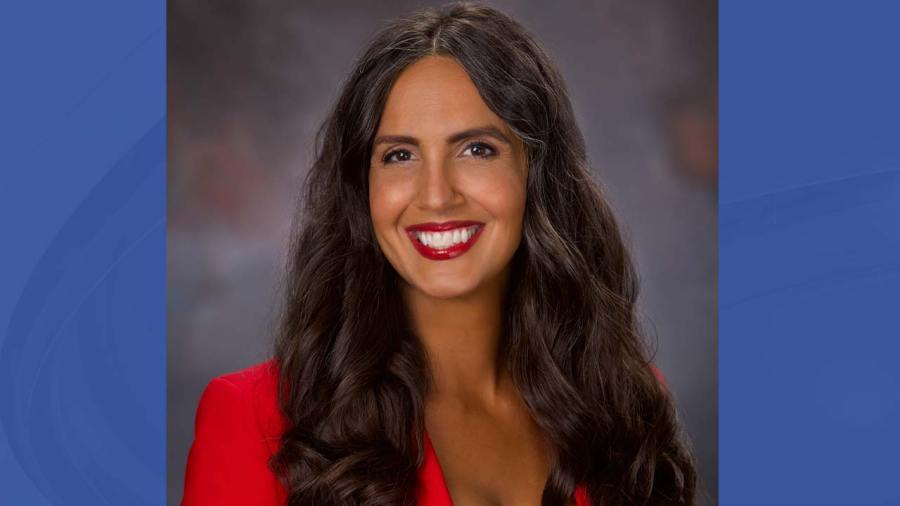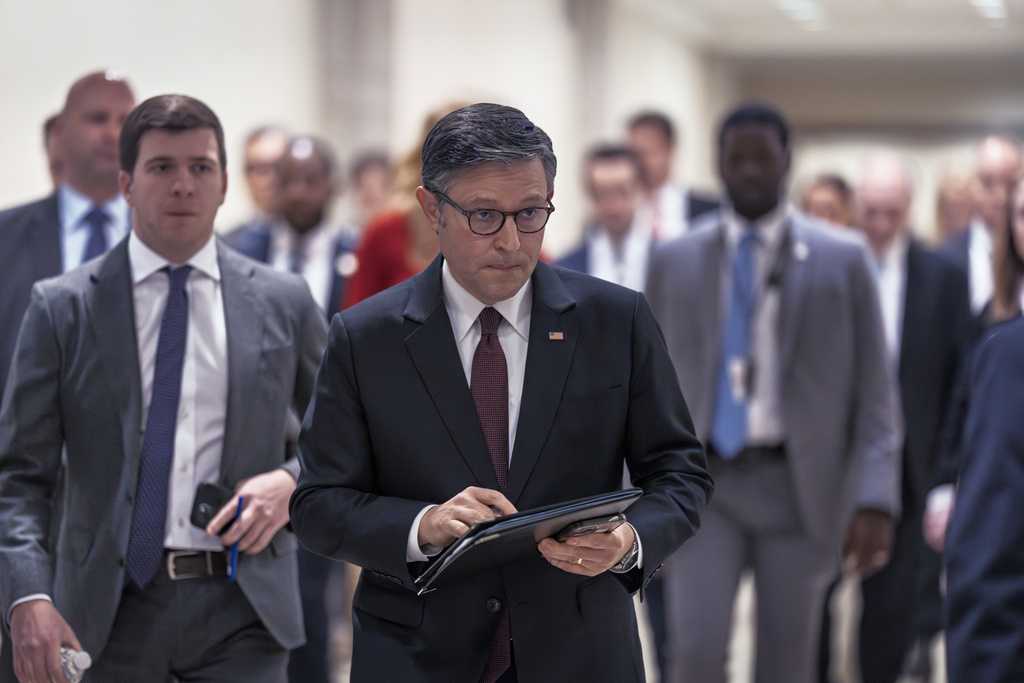Shauna Lyon
Editor, Goings On
In anticipation of the hundredth anniversary of The New Yorker, I’ve been looking back at old issues, starting with the inaugural edition, dated February 21, 1925, which included the very first Goings On section. Its subtitle, a “conscientious calendar of events worth while,” announced the tone of the magazine, which was founded, by Harold Ross, as a “comic paper” promising “gaiety, wit, and satire.”
From the start, the calendar’s entries were informative and comprehensive, including theatre recaps, movies’ plots, the full opera schedule—but, more than that, they were often opinionated and dishy, sometimes catty, in their knowing critique. Goings On was at first just a page, covering the theatre, “moving pictures,” art, music, and charity balls, along with other miscellaneous events; eventually, over the years and across decades, it extended to pages and pages of listings and critiques, a veritable archive of New York City’s cultural life.
We are pleased and honored to continue the Goings On tradition, begun a hundred years ago—to cover the culture of New York City and beyond, bringing you word of the most notable and inspiring happenings and works of art on view right now.
Spotlight
Photograph by Pari Dukovic for The New Yorker
Theatre
When Henrik Ibsen’s “Ghosts” débuted, in 1881, the public panicked. (It was a “farrago of syphilis and filth,” one shocked Norwegian critic wrote to another.) The plot, in which a woman suffers cruelly for her sexually profligate husband’s sins, takes place in a kind of house of horrors, where the hidden corruptions of one generation infect the next. The great Irish playwright Mark O’Rowe, whose verse drama “Terminus” featured a sex scene with a demon made up entirely of worms, applies his brutal, Joycean brio to a new English-language adaptation at Lincoln Center, directed by Jack O’Brien. The starry cast consists of Hamish Linklater, Billy Crudup, Lily Rabe, Ella Beatty, and Levon Hawke (pictured, left to right)—a group with many of its own familial ties to earlier generations of artists, and, in the case of the longtime partners Rabe and Linklater, to each other.—Helen Shaw (Mitzi E. Newhouse; previews begin Feb. 13.)
About Town
Art
When the great Ukrainian photographer Boris Mikhailov wasn’t making pictures of people he’d just met and of himself—awkwardly, sometimes alarmingly, naked—he was often prowling the back streets and alleyways of cities in ruins, both before and after the collapse of the U.S.S.R. Two series of panoramas from the early nineteen-nineties overlap in their atmosphere of grinding but utterly routine hopelessness. Tinting one series cobalt blue and the other a cloudy sepia, and leaving both unframed, Mikhailov emphasizes his prints’ rough physicality—an immediacy perfectly suited to the works’ immersion in urban despair. The artist, with his images of trash, snow, hulking dumpsters, milling crowds, and people waiting, wandering, and looking lost, lets us imagine a host of movies that never would have made it past the censors.—Vince Aletti (Marian Goodman; through Feb. 22.)
Rock
In recent years, Jack White has earned a reputation as a persnickety mastermind, a guitar god who is obsessive about both execution and presentation. Since the disbanding of the White Stripes, his duo with the drummer Meg White, he has meticulously managed an increasingly experimental catalogue, recording on analog equipment, using instruments tailored to individual projects, and self-releasing his albums through his vinyl label, Third Man Records. This past year, in a move that felt a bit like a reset, he surprise-released his sixth LP, “No Name,” without fanfare. Produced, written, and recorded by White, it turns loose his unrivalled attention to detail on rowdy blues punk that evokes the Stripes’ glory days.—Sheldon Pearce (Brooklyn Paramount; Feb. 12.)
Dance
Photograph by Camilla Greenwell
Over the years, the choreographer Akram Khan—British, of Bangladeshi descent—has developed a mercurial and explosive dance language that draws heavily from his training in the Indian form kathak. He is also an avid collaborator, working, and trading steps, with dancers of various traditions, including ballet (Sylvie Guillem and Tamara Rojo), European contemporary dance (Sidi Larbi Cherkaoui), and flamenco (Israel Galván). More recently, he has returned to his roots in Indian dance, holding a series of master classes for practitioners of forms including bharata natyam and kathak. The result of this immersion is “Gigenis,” a work for seven Indian classical dancers—including Khan—that explores themes from the Mahabharata, reinterpreted by Khan as the story of a woman (played by Kapila Venu) who loses both her husband and her son to war.—Marina Harss (Joyce Theatre; Feb. 12-16.)
Off Broadway
#Goings #Turns












Leave a Reply